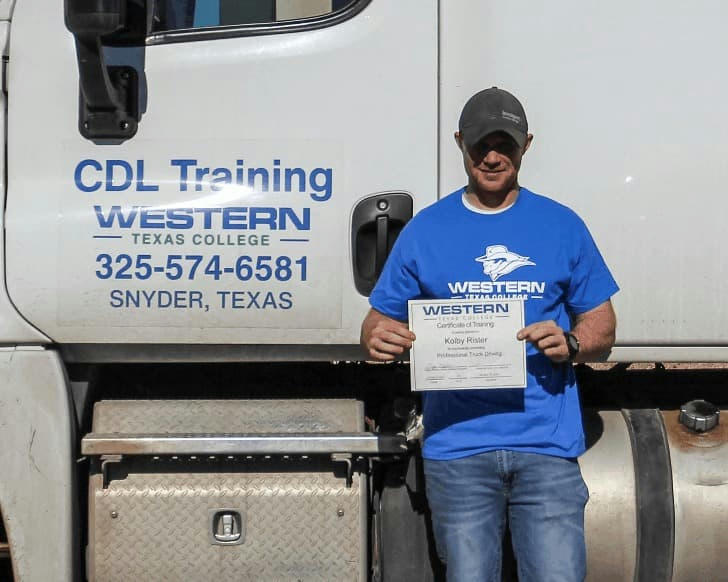CDL Training Guide
Truck driving is a crucial profession supporting the global logistics and supply chain. Most goods, including food, clothing, and other essentials, are transported by trucks across various regions. Obtaining a Commercial Driver’s License (CDL) is a critical step in embarking on this career path. This article provides an in-depth look at CDL training.

What is a CDL?
A Commercial Driver’s License (CDL) is a license that authorizes the holder to operate large or heavy vehicles specified by the license type. There are several main categories of CDL:
Class A CDL: Permits the operation of various heavy vehicles with a trailer, suitable for long-haul freight and most logistics transportation.
Class B CDL: Primarily for single vehicles weighing over 26,001 pounds, such as buses and garbage trucks.
Class C CDL: Applicable to vehicles used for transporting 16 or more passengers (including the driver) or carrying specified quantities of hazardous materials.
Importance of CDL Training
CDL training ensures that drivers have the skills and knowledge necessary to operate vehicles safely and efficiently. Training typically covers the following areas:
Driving Techniques: Learn the fundamentals of driving operations, such as lane changing, turning, backing up, and parking.
Vehicle Inspection and Maintenance: Master routine vehicle inspections and basic maintenance skills to ensure safe operation.
Traffic Regulations and Safety Awareness: Understand and comply with traffic laws and enhance safety awareness under different road and weather conditions.
Emergency Response Skills: Develop the ability to stay calm and respond correctly in emergency situations.

Pathways to Obtain CDL Training
Transportation Company Training Programs:
Many large transportation companies, like Swift Transportation and Schneider National, offer free or low-cost CDL training, usually requiring trainees to work for them for a specified period after obtaining their license.
Government-Funded Programs:
The government provides funding through various programs (such as the Workforce Innovation and Opportunity Act) to support eligible individuals in obtaining vocational training.
Community and Technical Colleges:
Some colleges offer CDL courses subsidized by the government, combining classroom instruction with practical exercises to ensure comprehensive skill development.
Nonprofit Organizations and Unions:
Certain nonprofit organizations and unions offer free or low-cost training opportunities for specific groups.
Future Trends in CDL Training
With technological advancements and the development of autonomous driving technology, the trucking industry is evolving. However, the demand for highly skilled CDL drivers is expected to persist in the near term. Future training may incorporate more technological elements, such as virtual reality simulations, to enhance practical skills.

Conclusion:
Sarah was an office assistant working in a relatively comfortable environment. However, as technology advanced, the need for human resources in her role diminished, making her position less secure. Realizing the need to change careers for something stable and promising, Sarah decided to enter the trucking industry and enrolled in a free CDL training program offered by a large transportation company.
At the beginning of the training, Sarah had to adjust to the significant shift from an office chair to the driver’s seat. Despite facing new challenges and uncertainties, she remained confident about the future and dedicated herself to intensive learning. She not only mastered driving techniques and traffic regulations but also enhanced her practical skills through vehicle inspections and simulation exercises.
Sarah's efforts soon paid off. Upon successfully completing the training and obtaining her CDL license, she was immediately offered a job with the company that provided the training. Initially, Sarah was responsible for regional delivery routes, allowing her to gain valuable experience and familiarize herself with various aspects of logistics and transportation.
With her outstanding performance and proactive learning attitude, Sarah was promoted to an interstate driver within just a year, significantly increasing her income. Moreover, the continued education courses offered by the company helped her further expand her skills and qualifications. Through multiple promotion opportunities, Sarah found not only job security but also personal fulfillment in her new career.
Sarah’s story is a powerful inspiration for those seeking significant career change, demonstrating the potential for a successful career through CDL training.
Conclusion:
CDL training is a vital starting point for entering the trucking industry, providing trainees with comprehensive knowledge and skills. Whether through companies, government programs, or educational institutions, each pathway helps achieve career goals. Choosing the right training program not only helps you obtain an industry-recognized license but also paves the way towards economic stability and career development. In this fast-evolving industry, CDL training will lay a solid foundation for your professional growth
